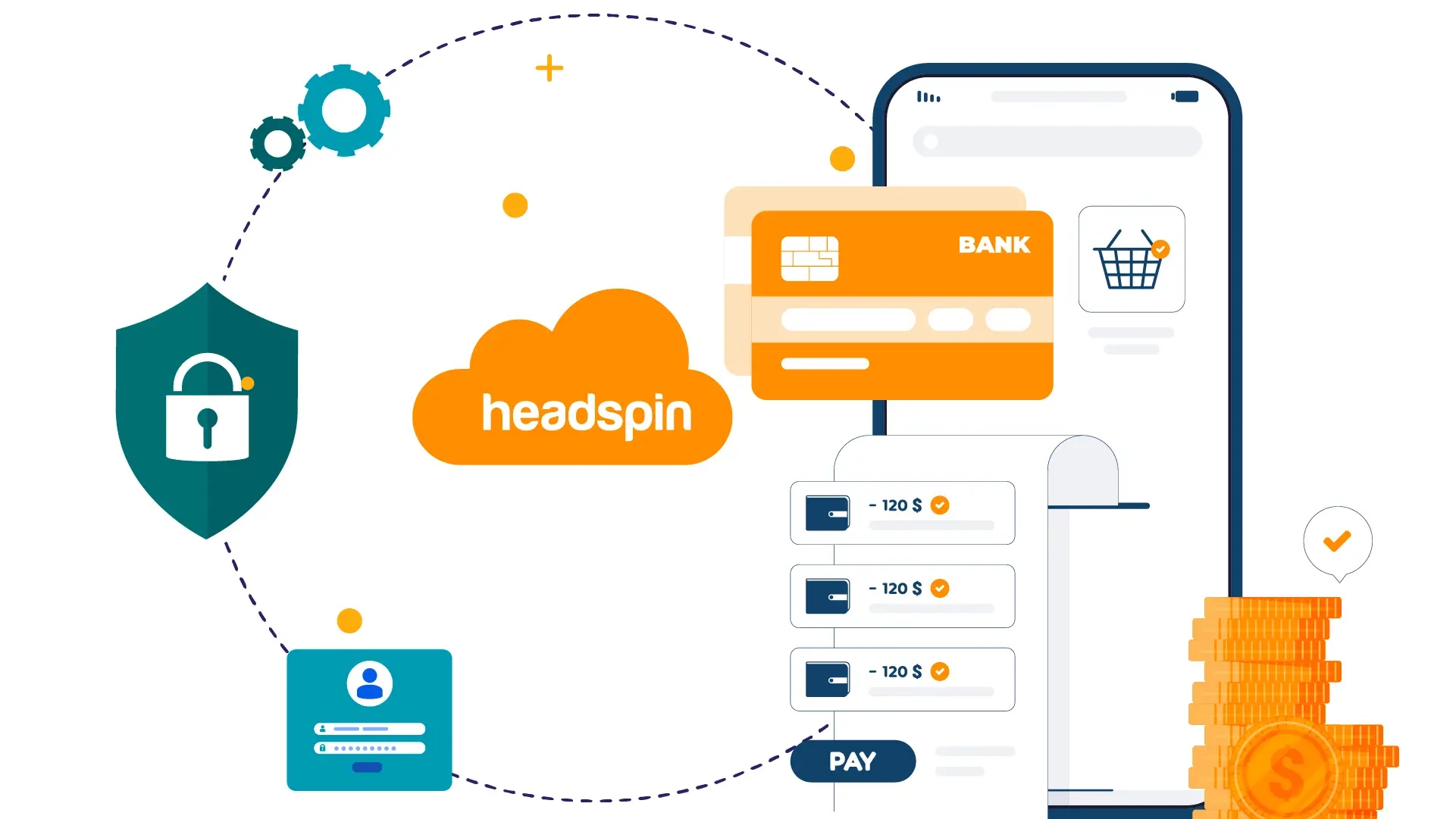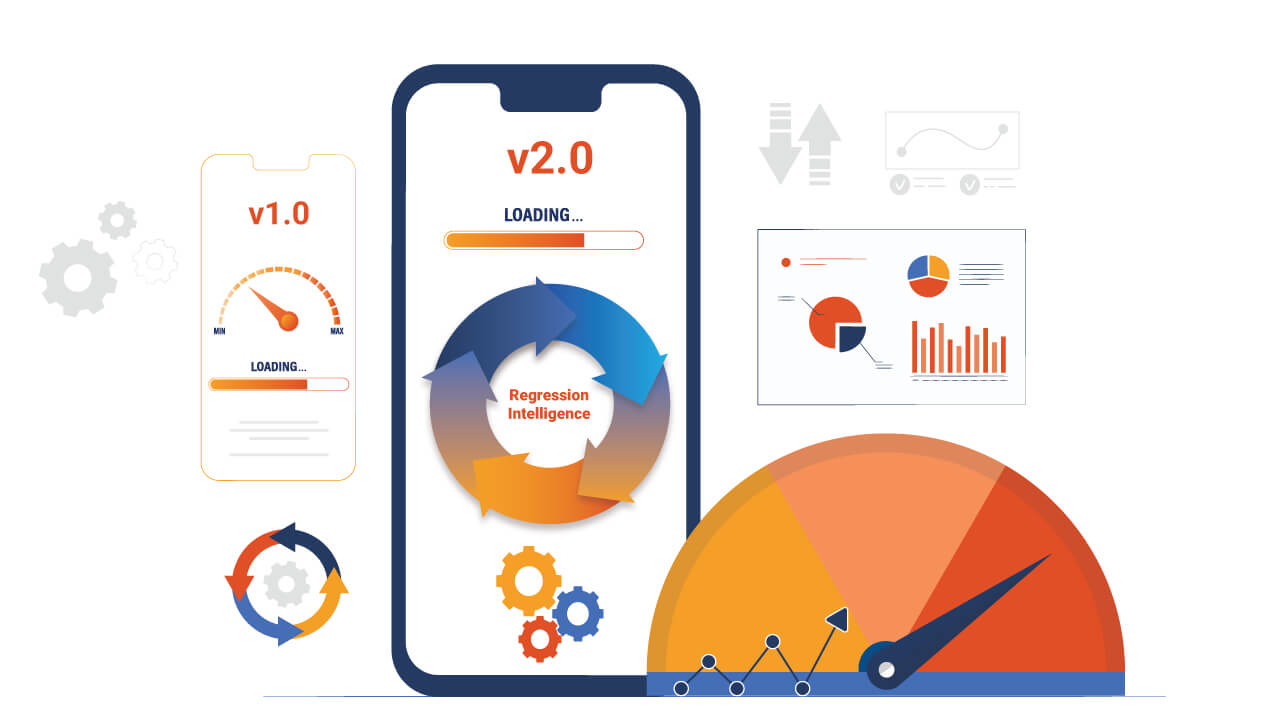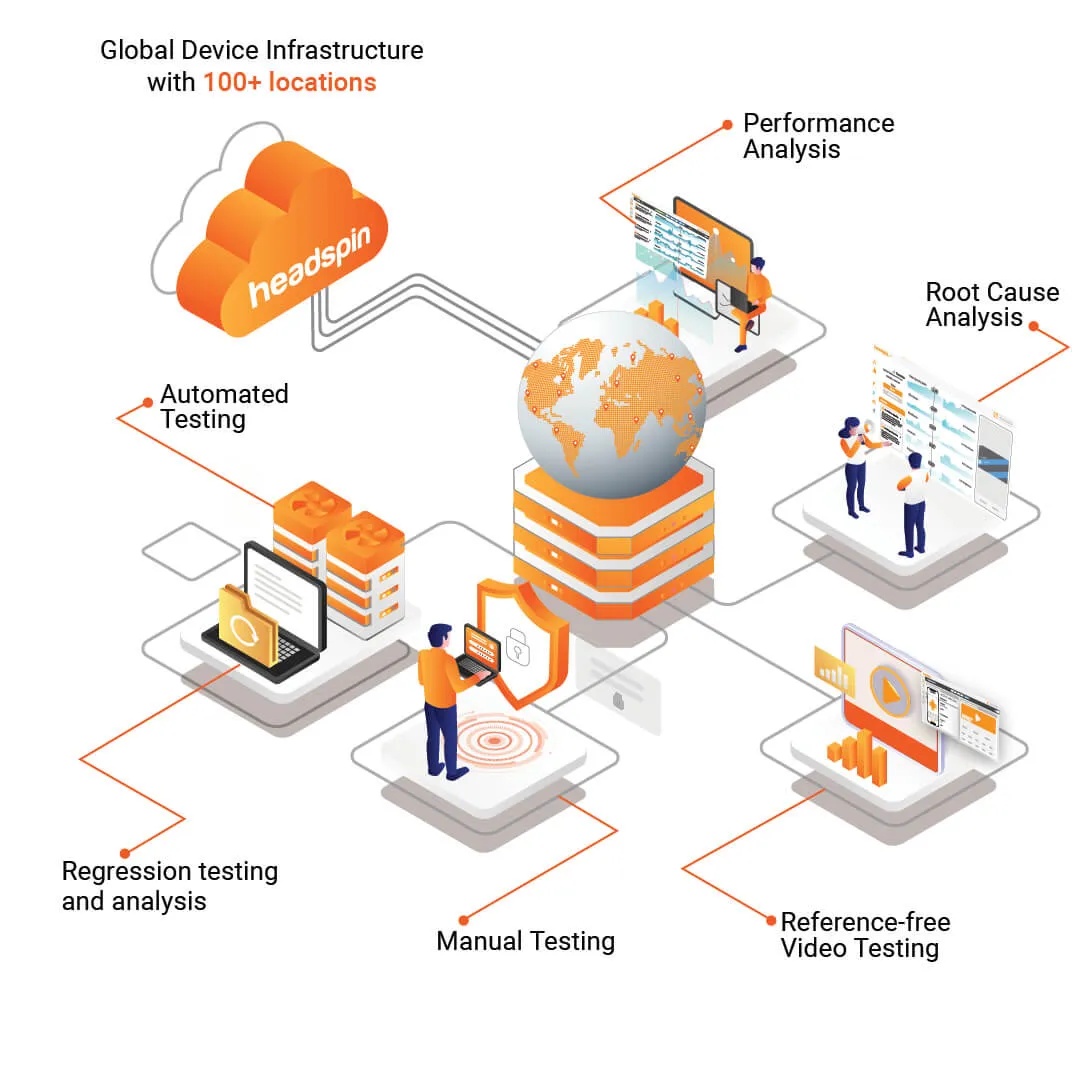Banking apps handle sensitive customer data daily, and their operations are governed by industry and government regulations.
Even the smallest gap in compliance with these regulations can trigger penalties, lawsuits, or a loss of customer trust.
Because regulations impact every function of a banking app, from data storage to interface accessibility testing becomes a practical way to confirm that these rules are being followed.
A structured QA process helps in secure data handling, accessibility, and performance, while also validating that software updates do not weaken existing controls. This makes compliance an integral part of the ongoing lifecycle, rather than a one-time exercise.
In this article, let us take a deeper look at how a strengthened QA process can help you implement regulatory compliance.
Breaking Down Key Digital Banking Regulations
1. Data Privacy and User Consent
Banks and fintech apps handle sensitive customer data, which is protected under privacy laws worldwide, including GDPR, CCPA, and local regulations. Key checks include:
- Consent management workflows — verify that banners, preference settings, and opt-outs function correctly for different users and scenarios.
- Data access and modification workflows — test that users can update, delete, or export their personal data reliably.
- User permission workflows — ensure that access to sensitive features or data is restricted according to user roles.
2. Reliability and Change Management
The Regulations and guidance, such as FFIEC, Basel Committee on Banking Supervision (BCBS) principles, and other national digital banking standards, emphasize the management of technology risks. These cover areas such as information security, business continuity, and software development.
For digital banking apps, the guidance places emphasis on change management, reliability, and resilience. Banks are expected to test updates carefully, maintain strong controls against vulnerabilities, and ensure that their systems continue to perform reliably under different operating conditions.
3. Digital Accessibility Regulations
Accessibility regulations, guided by standards such as the Web Content Accessibility Guidelines (WCAG), ensure that digital banking services are usable by people with disabilities. Across regions, laws such as the Americans with Disabilities Act (ADA) and Section 508 in the United States, the European Accessibility Act (EAA) and EN 301 549 in the European Union, and the Rights of Persons with Disabilities (RPwD) Act in India, set out similar expectations.
For QA teams, this means verifying that apps and websites work with assistive technologies, can be operated through a keyboard, maintain adequate color contrast, and use clear labels and accessible navigation in every release.
4. KYC and AML Compliance Requirements
KYC (Know Your Customer) and AML (Anti-Money Laundering) are key compliance requirements that define how financial institutions verify customer identities, assess risk, and detect suspicious transactions. These frameworks are based on laws such as the Bank Secrecy Act (BSA), the Prevention of Money Laundering Act (PMLA), and global FATF recommendations. They ensure that every customer is properly identified, high-risk accounts are flagged, and potentially fraudulent activities are reported to the appropriate authorities.
How QA Addresses Each Regulation
Knowing the regulations is the first step. Proving that your digital platforms consistently meet these requirements requires a deliberate Quality Assurance (QA) strategy tailored to each rule.
1. Testing Privacy and Consent Workflows
Data protection regulations require banks to protect customer data and respect user consent. A sound QA strategy addresses this by testing elements such as:
- Consent banners and data deletion functionalities work on real devices and networks across multiple locations.
- Users can set preferences and request deletion reliably in different environments.
2. Testing Reliability, Performance, and Change Management
The IT Examination guidelines emphasize the importance of reliable systems and controlled software changes. QA contributes to this through regression testing, which involves comparing builds to ensure new releases do not break existing features.
To ensure the reliability and resilience of systems, performance testing that tracks a comprehensive list of KPIs spanning networks, devices, and user experience can help demonstrate that banking apps remain stable under stress and continue to deliver consistent service levels to customers.
3. Adhering to Digital Accessibility Regulations
Modern accessibility testing goes beyond one-off audits. A reliable solution can scan critical user journeys in both web and mobile apps for accessibility defects while the app is being tested for functionality and performance. This makes accessibility part of the regular QA cycle rather than a separate activity. The results are compiled into a detailed report that highlights issues such as missing labels and poor color contrast. With these insights, teams can address problems quickly and ensure that every new release aligns with WCAG 2.1 A and AA standards.
4. Testing KYC and AML Workflows for Compliance Validation
KYC and AML compliance depend on multiple interconnected workflows that verify user identity and monitor transactions. QA ensures these flows function as intended by validating ID verification steps, confirming that onboarding processes progress through the correct stages, and replicating high-risk transactions to verify that AML alerts are triggered accurately. Continuous testing helps identify broken logic, missing checks, or delayed alerts before they reach production environments.
Conclusion
As digital banking services become increasingly complex, testing remains a reliable method for verifying that regulatory requirements are met in practice.
HeadSpin is an FSQS-registered testing platform that enables banks and financial institutions to integrate compliance checks into their QA process through functional, performance, and accessibility testing on real devices.
Flexible deployment options, including on-premise air-gapped setups, make it possible to test sensitive workflows without moving data outside your infrastructure. With 130 performance KPIs available, HeadSpin helps teams identify performance gaps early and maintain applications that are compliant, available, and reliable for customers.
Deliver compliant, always-available banking apps with HeadSpin. Connect with our experts.
FAQs
Q1. How often should banking apps be tested for compliance?
Ans: Regular testing is essential, especially after updates or the release of new features. Frequent validation ensures that new code doesn’t introduce vulnerabilities or break compliance controls. Many banks implement automated regression tests alongside periodic manual audits to maintain continuous compliance.
Q2. Can compliance testing be integrated into the development lifecycle?
Ans: Yes. Integrating compliance checks into CI/CD pipelines enables teams to identify issues early, thereby reducing the risk of regulatory violations. Automated tests for data privacy, accessibility, and audit trails can run alongside functional and performance tests, creating a seamless validation process.
Q3. How does testing for accessibility improve overall user experience?
Ans: Accessibility testing goes beyond regulatory requirements—it ensures that your app is usable by everyone, including people with disabilities. This not only prevents compliance risks but also enhances usability, broadens your user base, and strengthens customer trust in your banking services.



























.png)



















-1280X720-Final-2.jpg)






